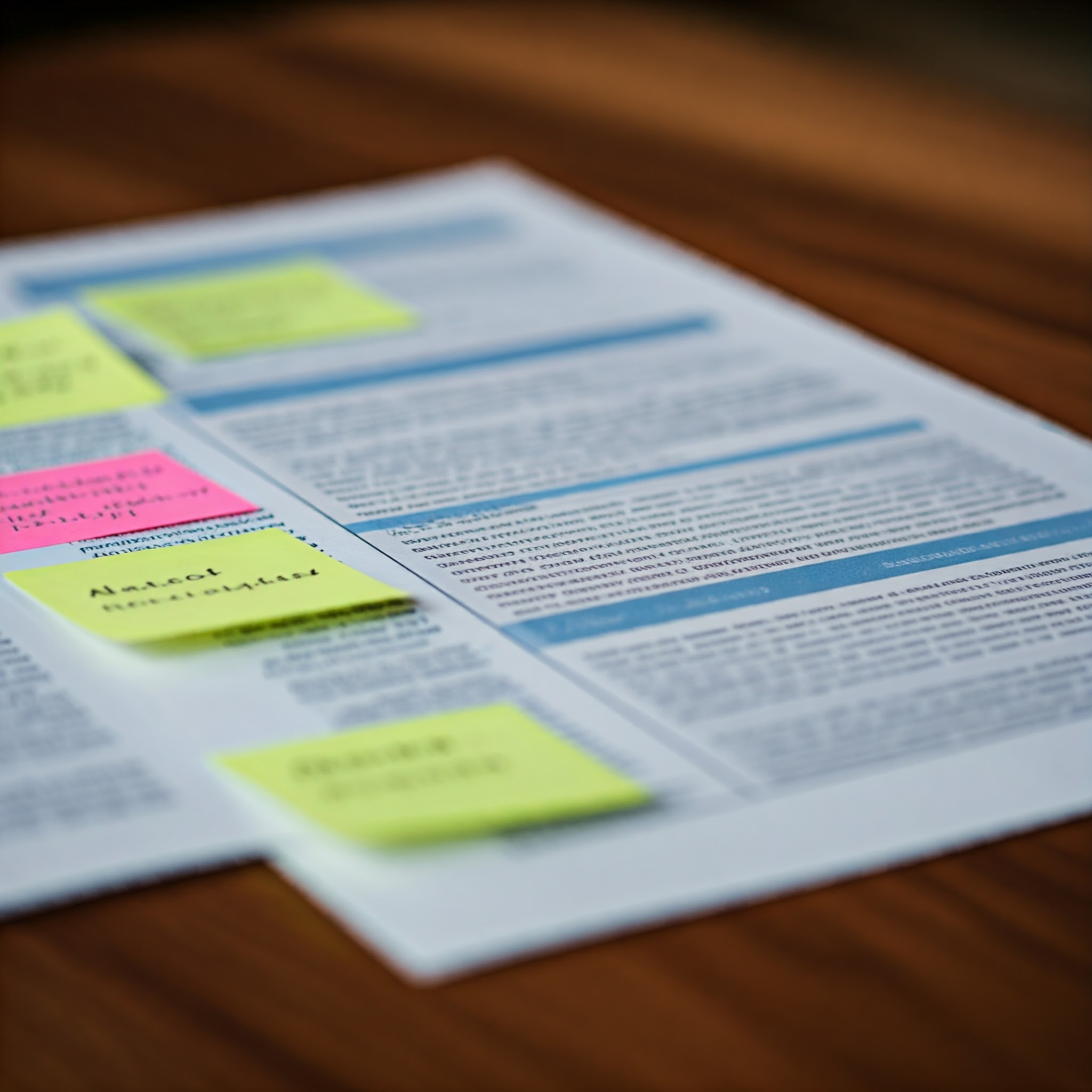
How to Read a Research Paper - A PhD Researcher's Guide
As a PhD researcher, reading research papers is an integral part of my daily routine. Not only does it keep me informed about developments in my field, but it also sparks new ideas and insights. However, when I first embarked on my research journey, I had a misguided notion about how to approach reading research papers. I believed that the best way to read a paper was to start from the beginning and push through to the end in one sitting, hoping to grasp every detail along the way. This approach proved to be highly unproductive and overwhelming.
After discussing this challenge with fellow PhD students, one friend pointed me toward a YouTube video featuring Andrew Ng, a renowned expert in machine learning. His practical method for reading research papers was enlightening and has since transformed my approach. Below are the key phases of this method that can help you read research papers more effectively.
The Phases of Reading a Research Paper
Phase 0: Initial Assessment
In this phase, take a moment to read the title and keywords associated with the paper. This quick assessment helps you decide whether the paper is relevant to your interests or research area. If the title and keywords pique your curiosity, proceed to read further; if not, feel free to skip it. This step typically takes just 1-2 minutes but is crucial for filtering out irrelevant papers.
Phase 1: Abstract and Conclusion
Once you’ve decided to read the paper, move on to the abstract and conclusion sections. These parts provide a concise overview of the paper’s motivation, main contributions, and results.
- Abstract: This section summarizes the core ideas and findings of the paper.
- Conclusion: Here, you’ll find reflections on the results and their implications.
- Look for Diagrams: Sometimes one diagram or figure completely encapsulates the key concepts of the paper.
After completing this phase, you should have a general understanding of whether you want to delve deeper into the paper.
Phase 2: Introduction and Methodology
In this phase, read the introduction thoroughly while skimming through the methodology section.
- Introduction: Focus on understanding the motivations behind the research, related works, and key contributions.
- Methodology: You don’t need to grasp every equation or proof right away; instead, aim to understand the overall approach.
If certain mathematical concepts or algorithms are clear to you at this stage, feel free to engage with them; otherwise, save them for later.
Phase 3: Detailed Examination
Now it’s time to dive deeper into the mathematical details, algorithms, and proofs presented in the paper. This phase may also involve running any available code associated with the paper if applicable. This detailed examination usually concludes your reading process for most papers. However, if you find yourself particularly intrigued or challenged by certain aspects, you may wish to continue your exploration.
Phase 4: Re-implementation
In this final phase, consider re-implementing algorithms or working through proofs independently without referring back to the paper. This exercise can reveal gaps in your understanding or clarify concepts that initially seemed complex.
While not all papers will require this level of engagement, it’s especially beneficial for those closely aligned with your own research. For instance, if there’s a proof that could be adapted for your work or an algorithm you aim to improve upon, this phase becomes invaluable.
Practical Tips for Effective Reading
- Use Phases 0 and 1 Wisely: These initial phases help you determine if a paper merits your time.
- Expect Most Papers to End by Phase 2: In my experience, around 80-90% of papers can be comprehensively understood by this point.
- Do not spend too much time in related works: Complete reading this paper first then the other papers it refers to.
- Reserve Phases 3 and 4 for Relevant Papers: Focus on these phases when dealing with papers that are particularly pertinent to your current research.
- Space Out Your Reading: Don’t feel pressured to complete all phases in one sitting. Consider breaking them up over several days for better retention.
Conclusion
I hope this article provides you with a clear framework for reading research papers more effectively. By breaking down your reading into manageable phases, you can enhance your comprehension while minimizing overwhelm.
Credits & Useful Links
For further reading on effective research practices, consider checking out these resources:
- How to read a research paper by Andrew NG: Video / Notes
- How to Read a Paper by S. Keshav: PDF
- How to read a paper: LinkedIn Post